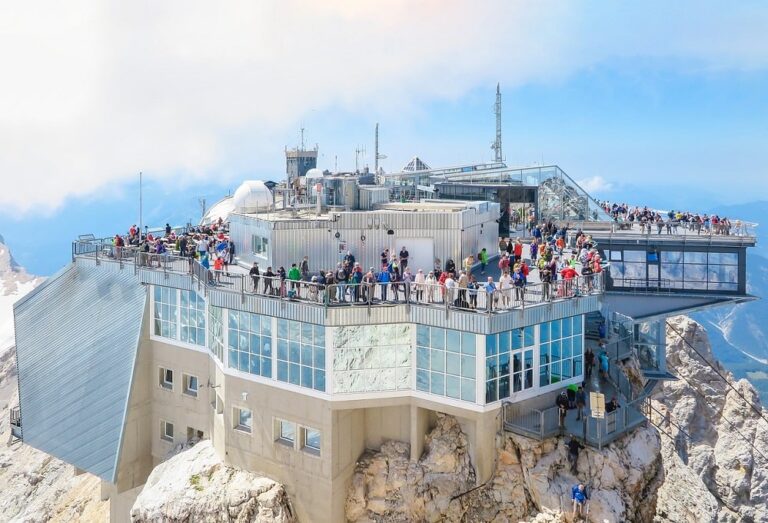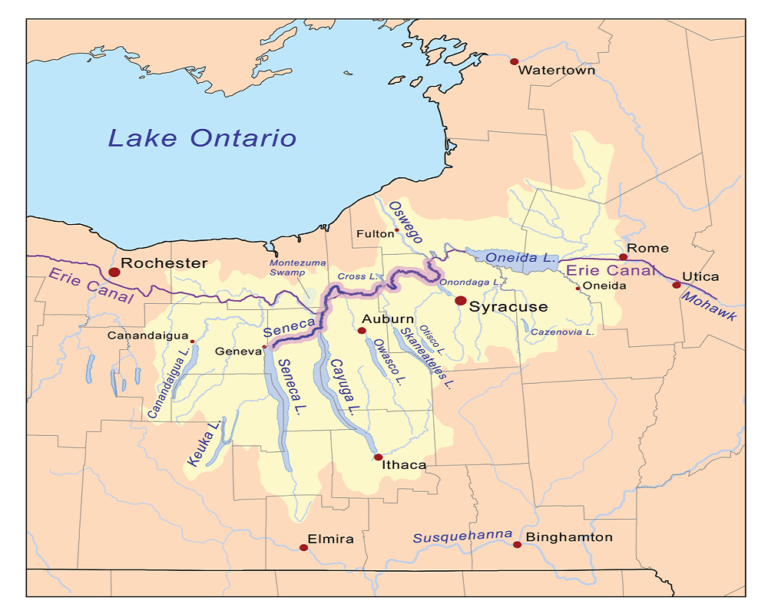The Gulf of Venezuela: Exploring Nature and History
Last Updated on 19th April 2023 by admin
The Gulf of Venezuela is a unique geographical feature located on the northern coast of South America, bounded by Colombia and Venezuela. This narrow gulf is approximately 230 km long and 75 km wide, with an average depth of 60 meters. The Gulf of Venezuela has a rich history and is home to a diverse range of flora and fauna, making it an ideal destination for both tourists and researchers alike. In this article, we will explore the natural wonders and historical significance of the Gulf of Venezuela.
The Gulf of Venezuela Map
Natural Wonders of the Gulf of Venezuela
1. Unique Geographical Features
The Gulf of Venezuela is home to a unique ecosystem, which is a combination of freshwater and saltwater. The gulf is connected to Lake Maracaibo, the largest lake in South America, through a narrow strait called the Tablazo Strait. The mixing of freshwater and saltwater has created a unique habitat for a variety of species, including crustaceans, fish, and birds.
2. Diverse Marine Life
The Gulf of Venezuela is home to a diverse range of marine life, including over 200 species of fish, dolphins, whales, sea turtles, and manatees. The gulf also has a rich coral reef ecosystem, which supports a variety of fish species and provides habitat for other marine organisms.
3. Mangrove Forests
Mangrove forests are a vital part of the Gulf of Venezuela’s ecosystem. These forests provide habitat for a variety of species, including birds, fish, and reptiles. The mangrove forests also serve as a natural barrier, protecting the coastline from storms and erosion.
Historical Significance of the Gulf of Venezuela
1. Indigenous Communities
The Gulf of Venezuela has been inhabited by indigenous communities for thousands of years. The Wayúu people, for example, have lived in the region for over 2,000 years and still maintain their traditional way of life. These communities have a rich cultural heritage and have played an important role in the region’s history.
2. Spanish Colonization
The Gulf of Venezuela was first explored by Spanish explorers in the 16th century. The Spanish established a number of settlements in the region, including the city of Maracaibo, which became an important center of trade and commerce.
3. Pirates and Privateers
The Gulf of Venezuela was a popular location for pirates and privateers in the 17th and 18th centuries. These pirates would attack Spanish ships and steal their cargo, making the gulf a dangerous place for travelers. The Spanish responded by building forts and fortifications along the coast to protect their ships.
Tourism in the Gulf of Venezuela
The Gulf of Venezuela has become an increasingly popular destination for tourists in recent years. Visitors come to the region to explore the
unique ecosystem, enjoy the beaches, and discover the cultural heritage of the indigenous communities. Some popular tourist attractions in the Gulf of Venezuela include:
1. Los Roques Archipelago
The Los Roques Archipelago is a group of islands and coral reefs located in the Caribbean Sea, off the coast of Venezuela. The archipelago is a popular destination for snorkeling and scuba diving, as the coral reefs are home to a diverse range of marine life, including colorful fish, sea turtles, and rays.
2. Paraguaná Peninsula
The Paraguaná Peninsula is a popular destination for beach lovers, with its long stretches of white sand beaches and crystal-clear waters. Visitors can also explore the historic town of Pueblo Nuevo, which was founded in the 16th century.
3. Wayúu Indigenous Communities
Visitors to the Gulf of Venezuela can also explore the cultural heritage of the indigenous Wayúu communities. The Wayúu maintain their traditional way of life and are known for their colorful textiles and handicrafts. Tourists can visit their villages, learn about their customs and traditions, and purchase handmade souvenirs.
Conclusion
The Gulf of Venezuela is a fascinating region, with a unique ecosystem and rich cultural heritage. Visitors to the region can explore the natural wonders, learn about the history and culture, and enjoy the beaches and other tourist attractions. The Gulf of Venezuela is truly a hidden gem in South America, waiting to be discovered.
FAQs
- What is the best time of year to visit the Gulf of Venezuela?
- The best time to visit is during the dry season, from December to April.
- Are there any dangerous animals in the Gulf of Venezuela?
- While there are some dangerous species, such as the box jellyfish, they are not commonly found in the gulf. Visitors should take precautions, such as wearing protective clothing and following safety guidelines.
- Can visitors go fishing in the Gulf of Venezuela?
- Yes, visitors can go fishing in the gulf. However, they should be aware of fishing regulations and restrictions.
- Is it safe to travel to the Gulf of Venezuela?
- While the region is generally safe for tourists, visitors should take normal precautions, such as staying in well-lit areas, avoiding walking alone at night, and not leaving valuables unattended.
- What is the currency used in the Gulf of Venezuela?
- The currency used in Venezuela is the bolívar. Visitors are advised to bring cash in U.S. dollars or euros and to exchange money at banks or authorized exchange offices.






